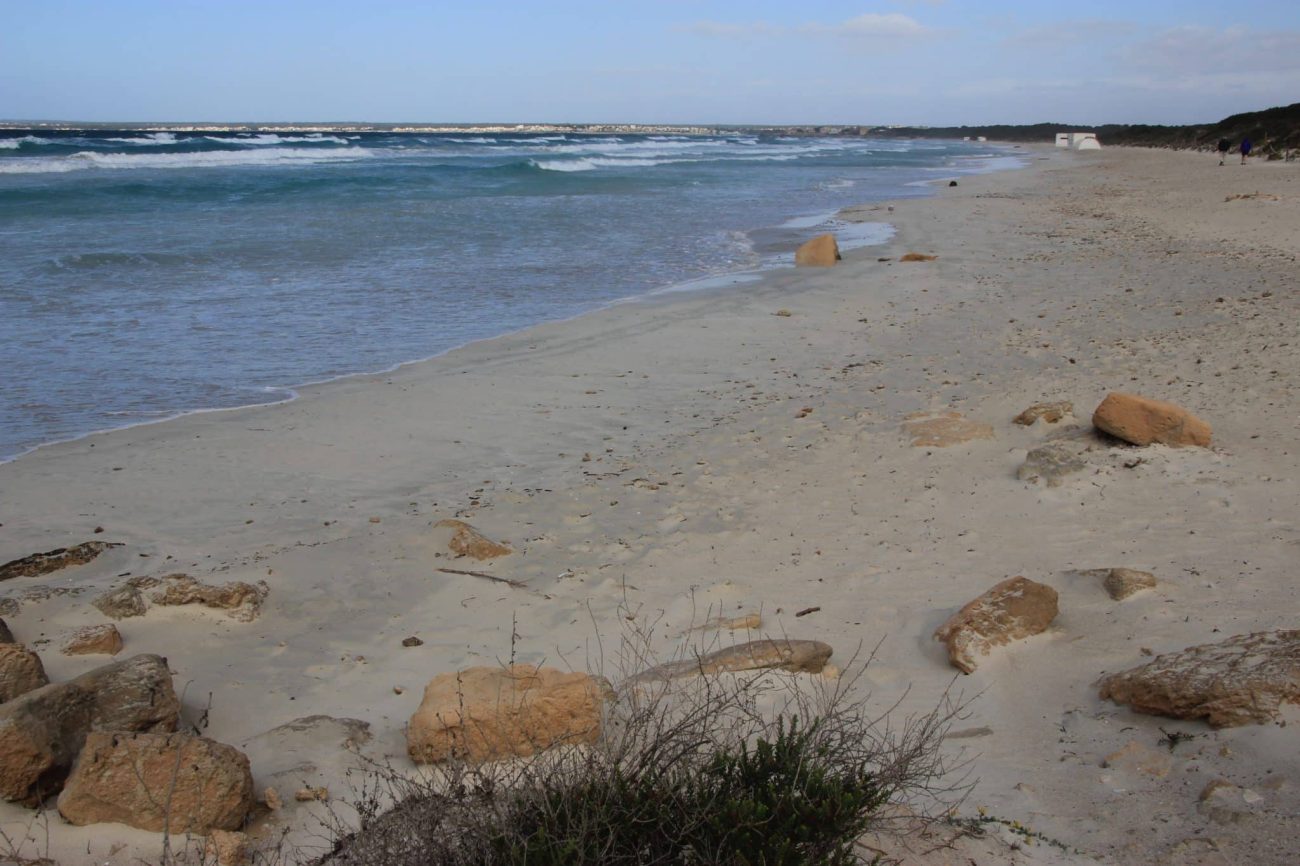Mallorca is known for its dreamy beaches, turquoise water, and fragrant pine trees. It also includes crowded towns, the noise of nightclubs, and streams of tourists in the capital of Palma. But another, quieter side to the popular Spanish island exists away from the hustle and bustle – in Es Trenc, for example, where salt is extracted from the sea painstakingly by hand.
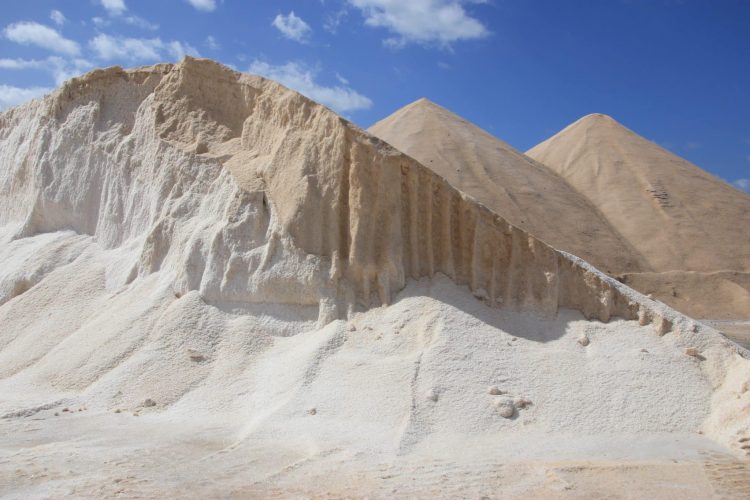
Mallorca’s Centuries-old Tradition
“Archaeological finds show that the first salt extraction took place on Mallorca in the 4th century BC during the ancient Carthaginian settlement, but most finds date back to Roman times,” says Laura Calvo. “We know that there were salt mines all over the island, but today we operate the only ones on the island with the Salinas d’Es Trenc. Production resumed there in 1953.”
The salt mines are located behind the long white sandy beach of Es Trenc, where the seawater flows inland through a channel to natural and artificial ponds. Thanks to the crystal clear water, the high temperatures, and the gentle breeze during the long summer days, the evaporation process in the huge “pans” produces pure, high-quality salt.
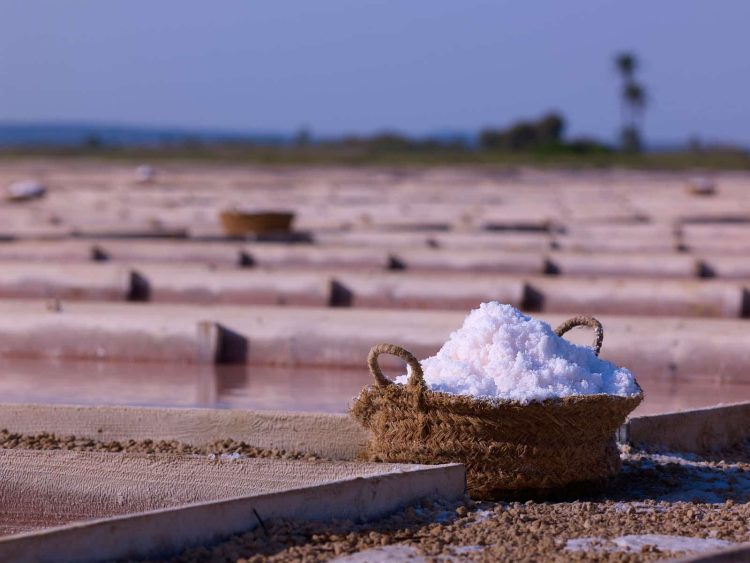
Salt for Industry and Chefs
The sal communal, which is extracted from the very bottom of the basin, is only used industrially, for example for the production of dishwasher salt or for cleaning swimming pools. The normal table salt or sal marine virgen comes from the middle layer. The salt that floats at the very top and is extracted from the smallest ponds is the precious flor de sal, flower-shaped crystals that are manually collected. This is the purest salt, containing more than 80 minerals, and is very healthy, so it has become popular with top chefs for seasoning their creations.
It takes about half a year for water to become salt, and when it does, it piles up towards the sky in white mountains. “On the second day after we started work, we had a heavy summer rain. I thought we were going broke,” laughs General Manager Wolfgang Antonio “Toni” Gutmayer Mota, “but the salt mountains don’t melt that easily.” A fact that has not escaped the advertising industry: in midsummer, the glittering crystals turn into “snow glaciers” for commercials.
Es Trenc Salobrar de Campos
In addition to salt production, visitors to Es Trenc observe rare flora and fauna in the Es Trenc Salobrar de Campos nature reserve. Developed around the salt pans, this unique ecosystem contains 170 different species. Ospreys, marsh harriers, and cranes thrive here. Also, 400 wild flamingos have discovered an ideal habitat for themselves in the wetlands. The brine shrimp, which live in hypersaline waters, tastes particularly good to the thin-legged inhabitants and provides the typical pink coloring of their plumage.
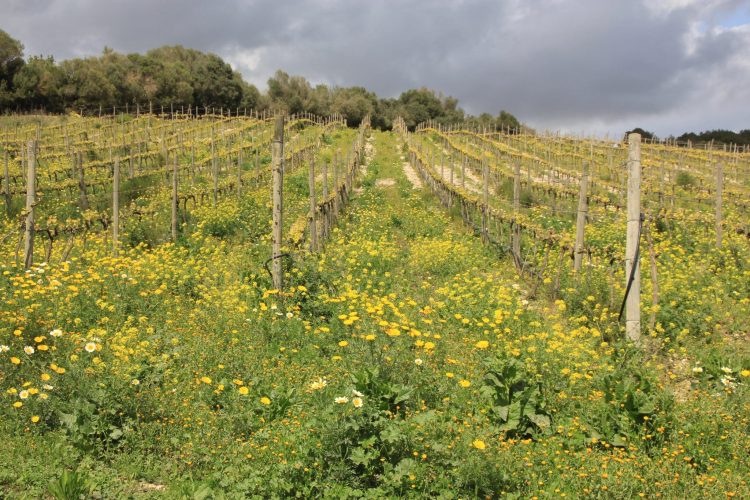
The Wines of Mallorca
About 30 minutes by car further north is Can Feliu. Dusty sandy paths lead up gentle hills to the Finca with its extensive cultivated areas. Here roosters strut across the well-kept yard greeting guests. Since 1999, Carlos Feliu, an agricultural engineer with a master’s degree in oenology, and his wife Marta have cultivated different grape varieties on the family estate.
“We made our first wine, a Cabernet Sauvignon, in 2003. Everyone said the wine was great. Two years ago, I opened a bottle of that vintage with my uncle and realized: ‘We haven’t learned anything. This is still the best wine’,” Carlos Feliu smiles. He then decided to acquire new knowledge, improve production and invest in modern machinery.
Instead of the initial 198 gallons, 19,800 gallons – including Merlot, Shiraz, and Balearic Callet – are now produced at Can Feliu. But this has not affected the quality of the harvest which is still done by hand. The estate does not employ pesticides, yeast, or animal gelatine, and uses its own fertilizer which is organically certified.
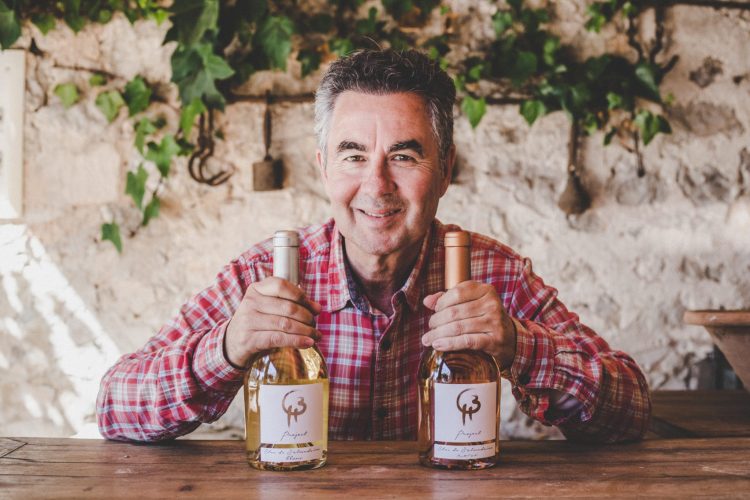
Become a Winemaker
Those who have acquired a taste for wine can become winemakers themselves. “In the early years, I didn’t really want to make wine, just wanted to sell the grapes. At first, that worked, but one day, just before the harvest, the buyer bailed out. Frustrated, I went out and bought all the stainless steel tanks available on the island,” Carlos Feliu explains.
Wine lovers choose their own grape varieties under guidance. And they commit to buying at least one barrel (about 200 bottles), which is then stored at Can Feliu until bottling. After that, the wine is shipped to the owners.
In the summer months, it gets busy on the 26-hectare Finca when the grape harvest and the olive harvest come up in a short time. Production of olive oil began three years ago. Starting last summer, also olive leaf tea according to the recipe of an old priest who drinks it daily.
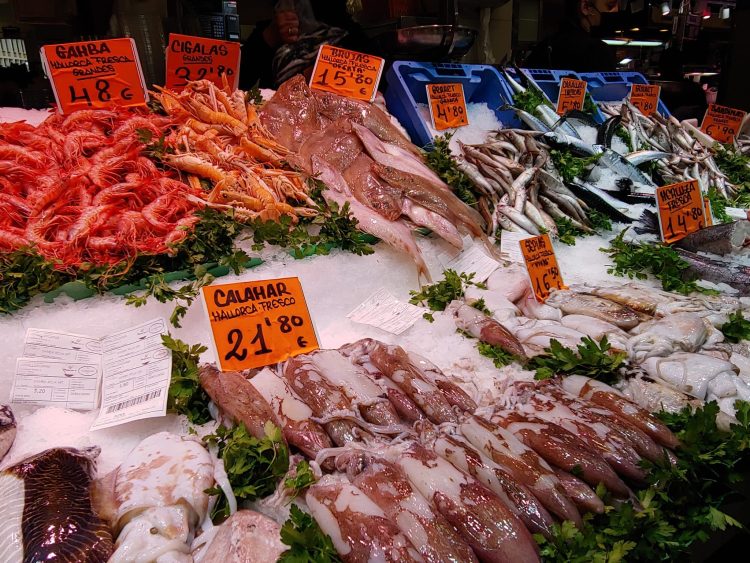
A Commitment to Local Products
Some of the winery’s products are only made to order and in small quantities, such as at the FERA restaurant in Palma. There, Simon Petutschnig, chef and co-owner since 2017, has been highly successful with them. “One ingredient that cannot be missing in my kitchen is Mallorcan olive oil,” says the Austrian. “We make our own from the Arbequina variety. I add salt, bread, olives, and aioli, and a little snack is ready.”
Naturally, the trend towards using local products continues to increase worldwide. FERA is no exception. FERA purchases ingredients such as fish and seafood at the famous Mercado del Olivar in Palma. Herbs are freshly gathered from the countryside. FERA also serves Mallorcan specialties such as salicorn (sea asparagus) or pine branches. And the most important kitchen spice of all comes, how could it be otherwise, from the Salinas d’Es Trenc.
[alert type=white]
[/alert]

